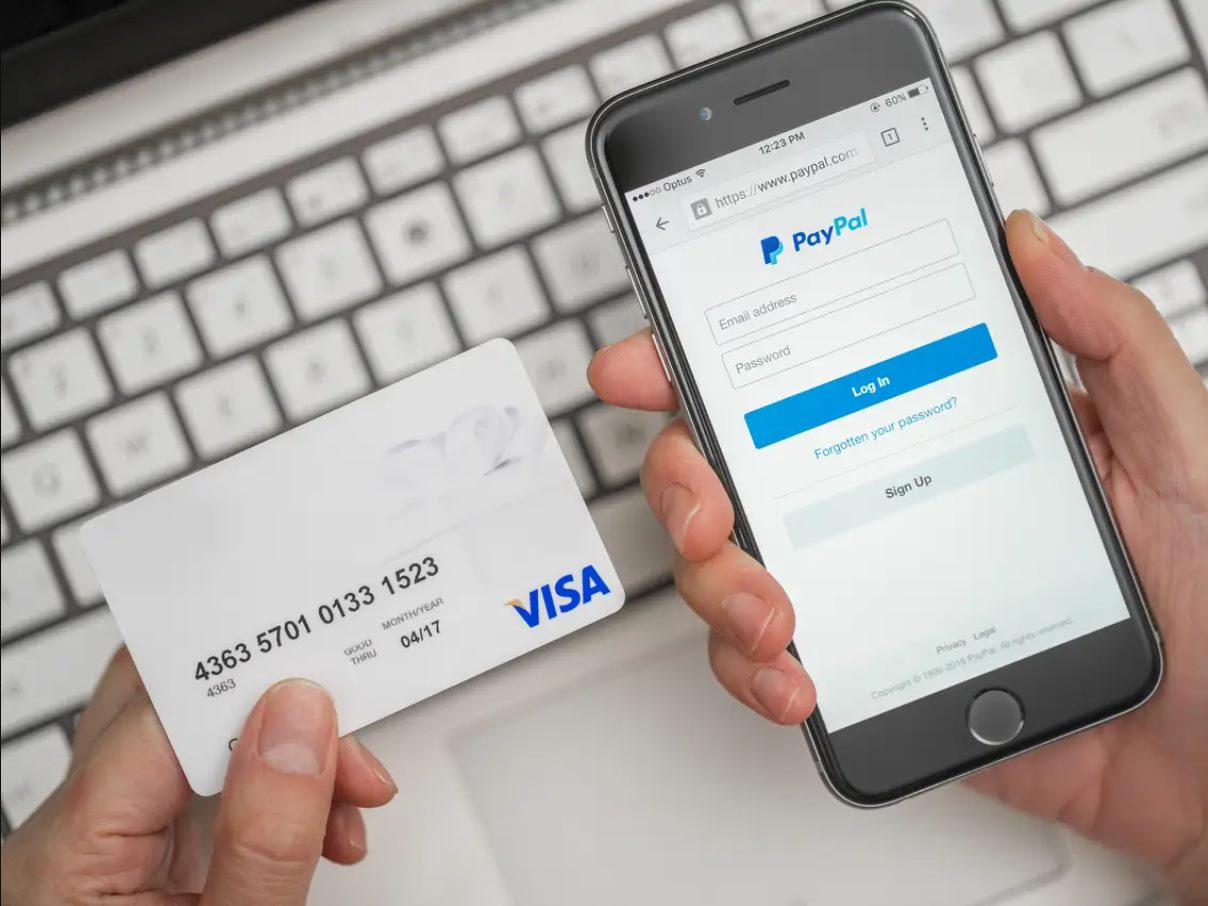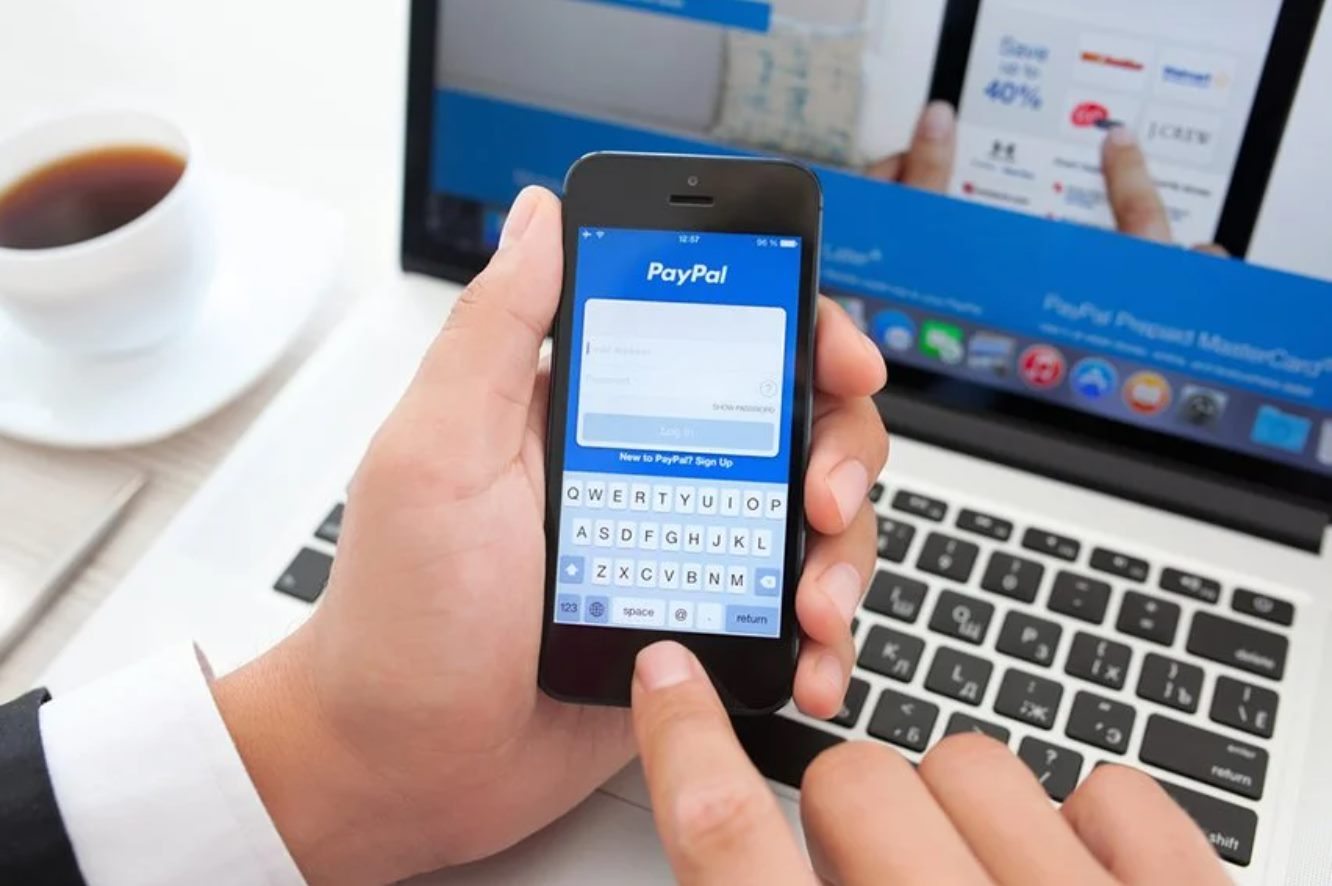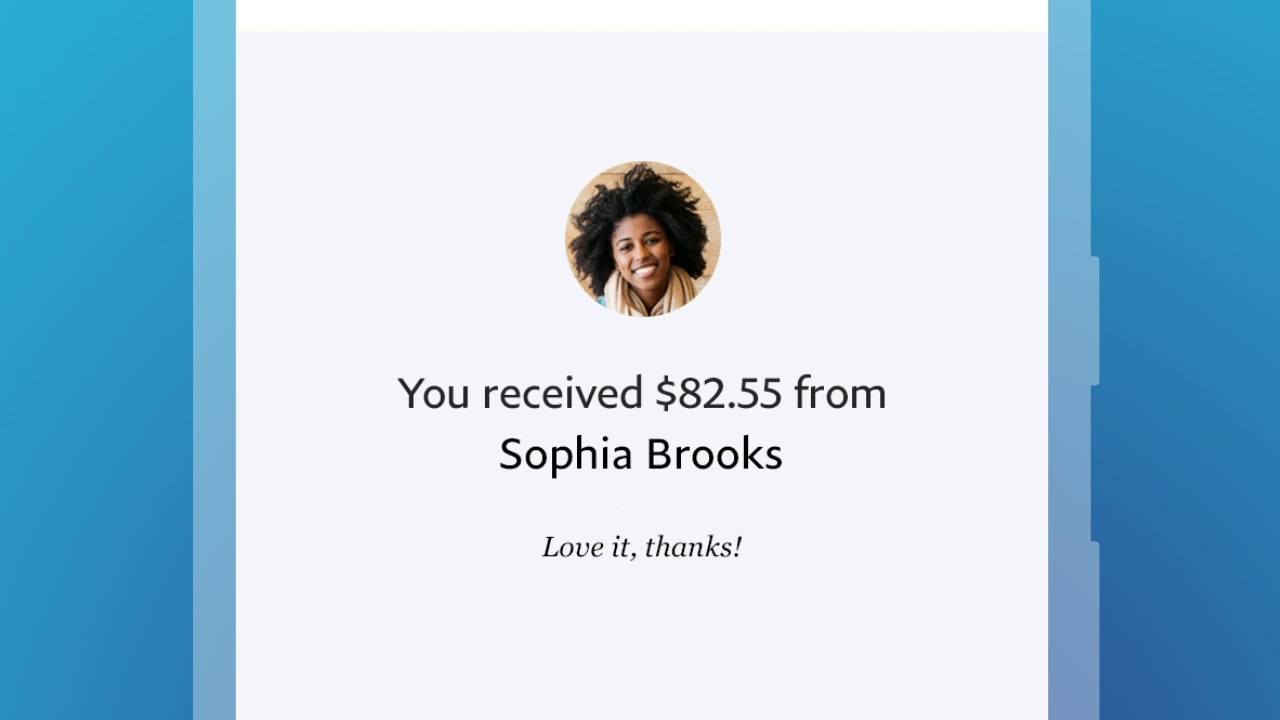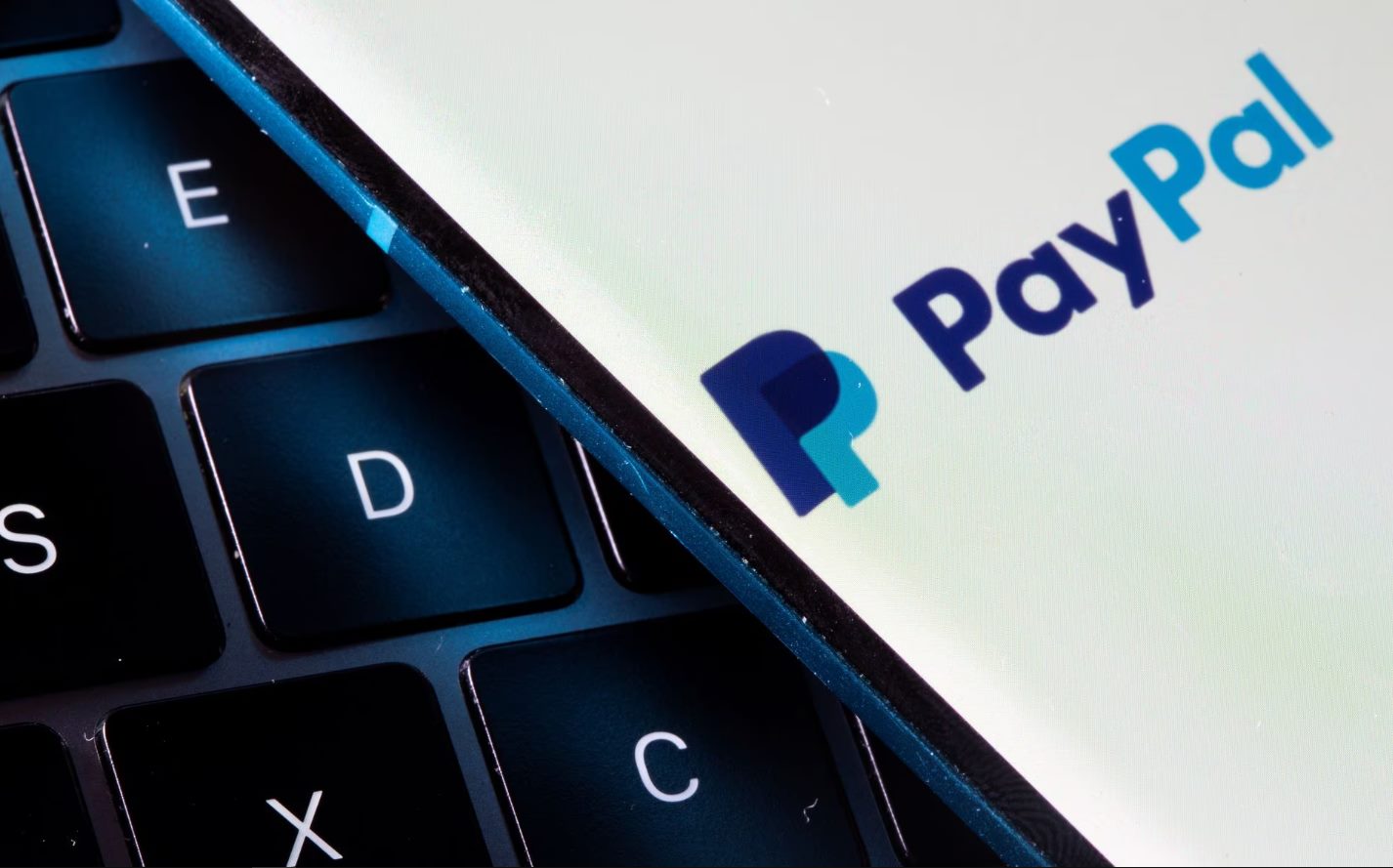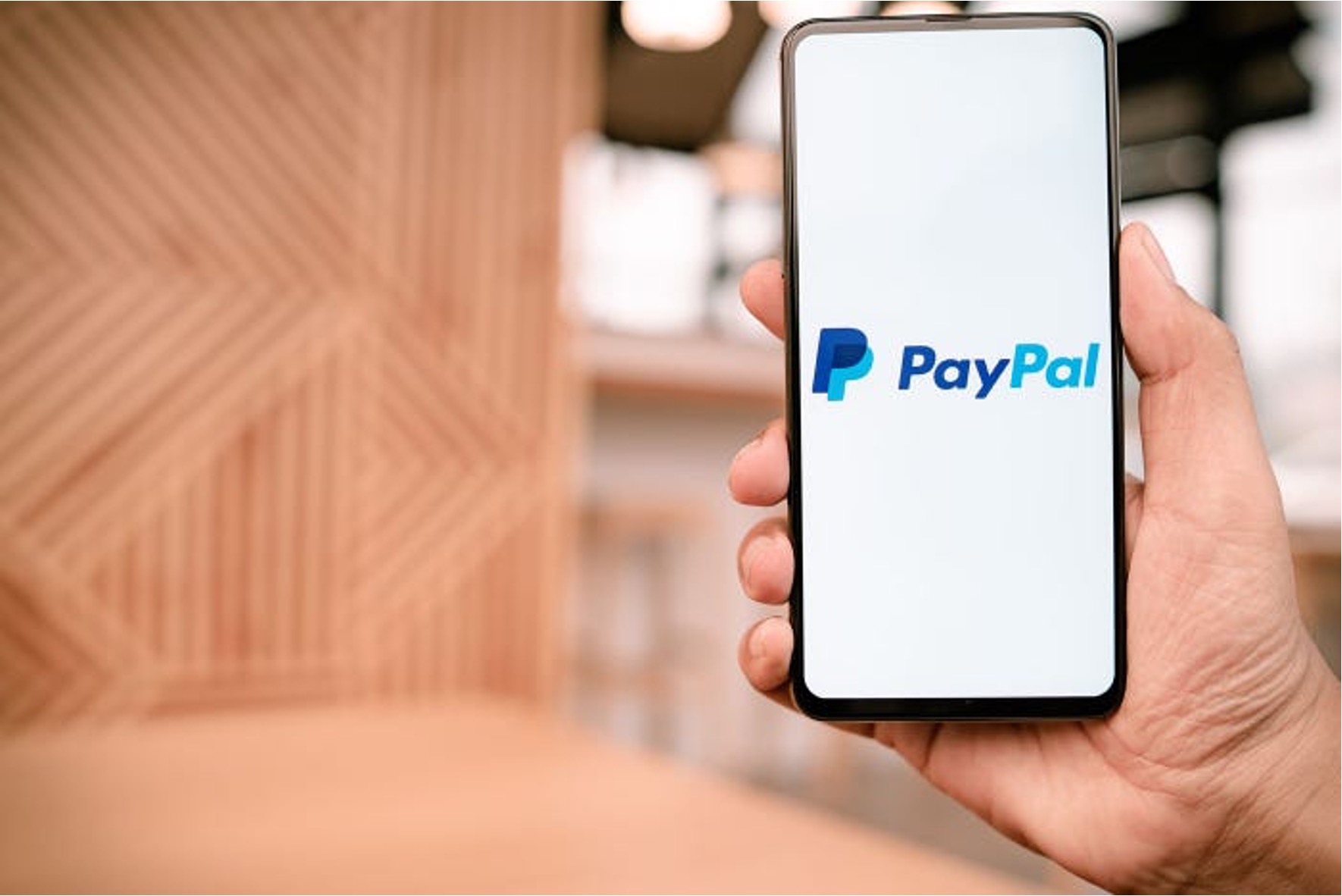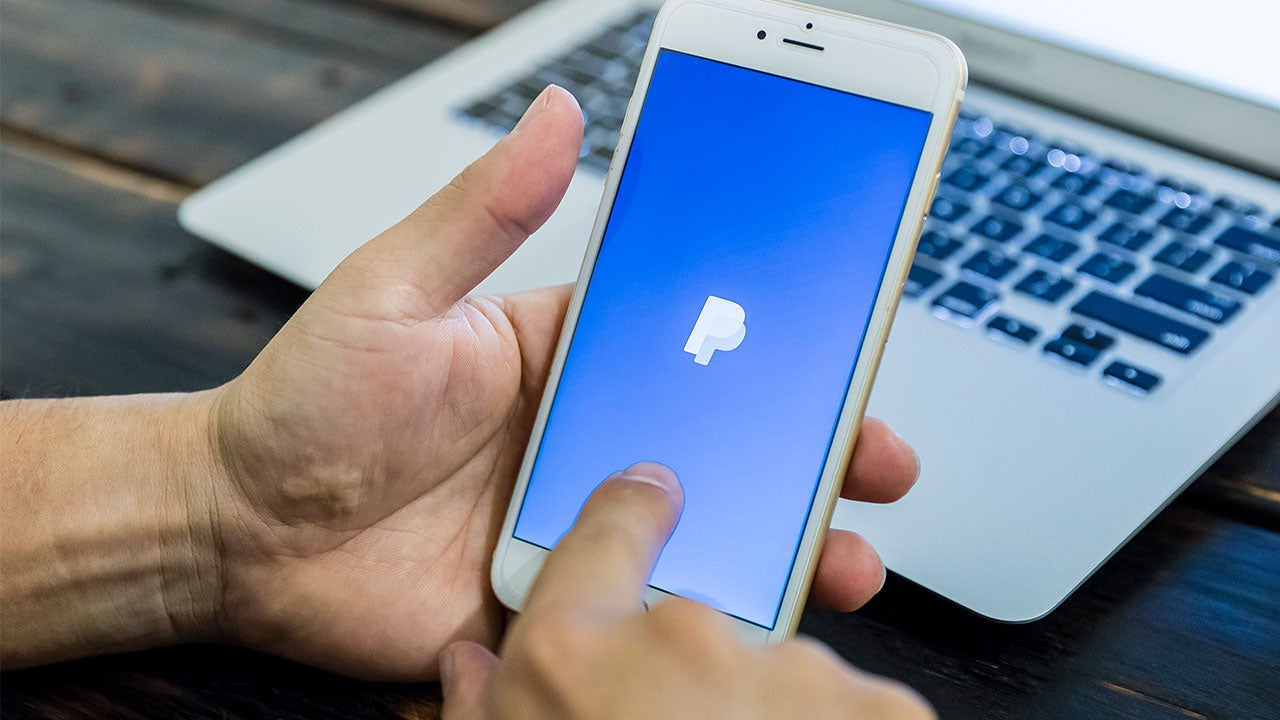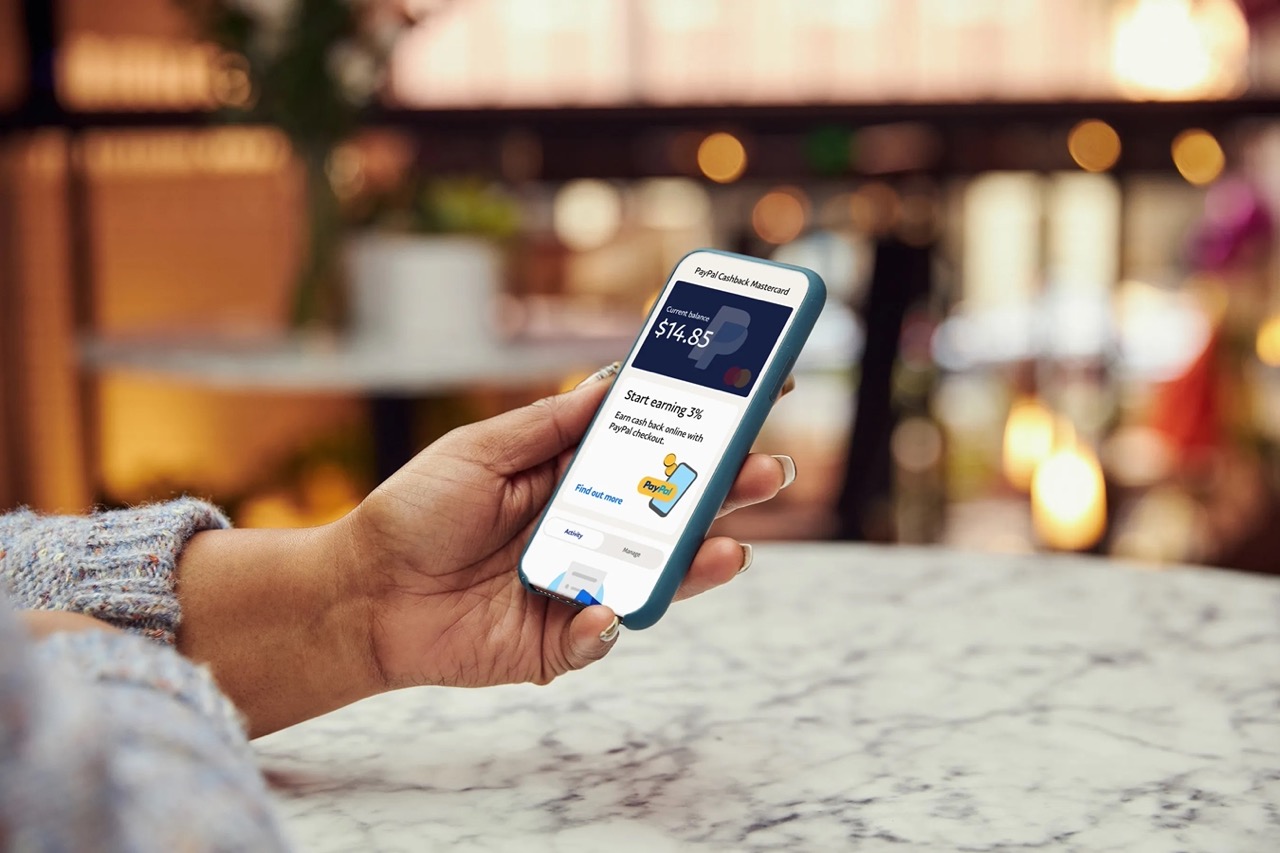Introduction
PayPal is a widely recognized and trusted online payment platform that offers a secure and convenient way to make transactions. It has revolutionized the way people send and receive money, making online shopping and money transfers easier than ever before. With PayPal, individuals and businesses can connect their credit cards to their accounts, allowing for seamless transactions both online and in physical stores.
Whether you’re unfamiliar with PayPal or simply curious about using it with your credit card, this article will provide you with a comprehensive understanding of how PayPal works in conjunction with credit cards. We will guide you through the process of connecting your credit card to PayPal, discuss the benefits of using PayPal with credit cards, and outline the security measures in place to protect your financial information.
In the following sections, we will explore how PayPal facilitates online and in-store payments with a credit card, all while ensuring a hassle-free user experience. By the end of this article, you will have a solid grasp of how PayPal and credit cards work together, allowing you to use these tools confidently for your financial transactions.
What is PayPal?
PayPal is an online payment system that enables individuals and businesses to send and receive money securely over the internet. It was founded in 1998 and has since become one of the most popular and well-known digital payment platforms worldwide. With over 375 million active users, PayPal has emerged as a trusted and convenient method for making online transactions.
One of the key advantages of PayPal is that it allows users to link their credit cards, debit cards, or bank accounts to their PayPal accounts. This connection allows for seamless and secure transactions, without the need to constantly enter card details or financial information. Instead, users can simply log into their PayPal accounts and authorize payments with just a few clicks.
Furthermore, PayPal offers a range of additional features and services, such as buyer and seller protection, invoice creation, and integration with popular e-commerce platforms. This makes it a versatile platform for individuals and businesses alike, empowering them to transact with confidence and ease.
Whether you are buying products online, sending money to friends or family, or running an online business, PayPal provides a convenient and secure way to manage your financial transactions. With its user-friendly interface and widespread acceptance, PayPal has become an integral part of the digital economy, making it easier than ever to shop, sell, and send money online.
How Does PayPal Work?
To understand how PayPal works, it’s essential to grasp the basic process of online payments. When you make a purchase or send money through PayPal, here’s what happens:
- You initiate a transaction by selecting PayPal as your payment method on a website or app.
- PayPal securely processes the payment, either by transferring funds from your linked credit card, debit card, or bank account, or by using your PayPal balance if you have funds available.
- The recipient receives the payment in their PayPal account.
- The recipient can then transfer the funds to their bank account or use them for other purchases through PayPal.
When exploring the process of using PayPal with a credit card, it’s important to note that PayPal acts as an intermediary between your credit card details and the recipient. This added layer of security not only protects your financial information but also enables smoother and quicker transactions.
When you make a payment using your linked credit card, PayPal deducts the amount from your credit card and sends the payment to the recipient. The recipient, in turn, does not have access to your credit card information, enhancing the security of your transaction.
In addition to facilitating payments, PayPal also allows you to receive money from others. When someone sends you money via PayPal, the funds are deposited into your PayPal account. From there, you can transfer the funds to your linked bank account or use them for other purchases. It’s a convenient and efficient way to receive money, especially for freelancers, small businesses, or individuals who frequently receive payments online.
Overall, PayPal simplifies the payment process by acting as a secure middleman between buyers and sellers. By utilizing your credit card with PayPal, you can make transactions with ease, while keeping your financial information secure.
Connecting a Credit Card to PayPal
Connecting your credit card to PayPal is a straightforward process that allows you to easily make payments and transactions using your credit card. To link your credit card to your PayPal account, follow these steps:
- Sign in to your PayPal account or create a new account if you don’t already have one. Go to the “Profile” or “Settings” section.
- Click on “Link a Card” or “Add a Card” option.
- Enter the necessary details of your credit card, including the card number, expiration date, and security code.
- Review the information you entered, making sure it is accurate, and click on the “Link” or “Add Card” button to complete the process.
Once you have successfully linked your credit card to your PayPal account, you can start using it to make payments and transactions. When making a purchase, simply choose PayPal as your payment option and select your linked credit card. PayPal will securely process the payment using your credit card details, ensuring a safe and convenient transaction.
It’s important to note that PayPal may require an additional step for verification purposes. In some cases, PayPal may send a small temporary charge to your credit card and ask you to confirm the amount to verify your ownership. This is a security measure to protect your account and ensure that you have access to your linked credit card.
Furthermore, it’s worth mentioning that PayPal allows you to link multiple credit cards to your account if desired. This gives you the flexibility to choose which credit card to use for each transaction, depending on your preference or the rewards and benefits offered by the different cards.
By connecting your credit card to PayPal, you can enjoy the convenience of making payments without having to enter your card details repeatedly. It streamlines the transaction process, making online shopping, sending money, and managing your finances more efficient and secure.
Benefits of Using PayPal with a Credit Card
The combination of PayPal and a credit card offers several advantages that make it a popular choice for online and in-store payments. Here are some of the key benefits of using PayPal with a credit card:
- Enhanced Security: When you use PayPal with a credit card, your card details are never shared with the recipient. This adds an extra layer of security, as you don’t have to provide your credit card information directly to the seller. PayPal’s robust security measures and buyer protection policies also help safeguard your purchases.
- Convenience: With PayPal, you don’t need to enter your credit card details for every transaction. Once your credit card is linked to your PayPal account, you can simply log in and authorize payments with a few clicks. This saves time and eliminates the hassle of repeatedly entering card information.
- Rewards and Benefits: Many credit cards offer rewards programs, cashback, or loyalty points for purchases. By using your credit card through PayPal, you can still take advantage of these benefits while enjoying the security and convenience of PayPal.
- Flexibility: Linking multiple credit cards to your PayPal account allows you to choose which card to use for each transaction. This flexibility lets you optimize your payments based on factors such as rewards, credit limits, or promotional offers.
- Widespread Acceptance: PayPal is widely accepted by online merchants and retailers, making it a convenient option for your online shopping experience. Additionally, some physical stores now accept PayPal as a form of payment, allowing you to use your credit card through PayPal for in-store purchases as well.
- Budgeting and Privacy: By using PayPal with your credit card, you can keep track of your spending easily. PayPal provides transaction history and statements, enabling you to monitor your purchases and manage your budget effectively. Moreover, PayPal offers an added layer of privacy as your credit card details are not shared with every merchant.
Overall, using PayPal with a credit card combines the security and convenience of PayPal with the rewards and benefits offered by your credit card. It simplifies the payment process, enhances security, and provides flexibility for your online and in-store transactions. Take advantage of this powerful combination to make your financial transactions smoother and more rewarding.
Fees and Charges
Using PayPal with a credit card typically incurs certain fees and charges, although the specific costs may vary depending on factors such as your location and the type of transaction. Here are some common fees associated with using PayPal with a credit card:
- Transaction Fees: PayPal charges a fee for each transaction made through their platform. The fee is usually a small percentage of the transaction amount, along with a fixed fee. However, the exact fee structure can vary, so it’s important to review PayPal’s fee schedule to understand the specific costs applicable to your account.
- Currency Conversion Fees: If you make a transaction in a currency different from your credit card’s currency, PayPal will apply a currency conversion fee. This fee is typically a percentage of the transaction amount and is in addition to the transaction fees.
- Withdrawal Fees: If you need to withdraw funds from your PayPal account to your linked bank account or credit card, PayPal may charge a withdrawal fee. The fee amount can vary depending on the country and method used for the withdrawal.
- Chargeback Fees: In the event of a chargeback, where a customer disputes a transaction, PayPal may charge a fee for handling the chargeback process. This fee is typically applied when PayPal is not at fault.
- Other Fees: PayPal may have additional fees for services such as requesting a check, processing refunds, or using specific premium features. It’s advisable to review PayPal’s fee schedule or contact their customer support for a comprehensive understanding of any other fees that may apply.
It’s important to note that while PayPal charges these fees, not all transactions may be subject to charges. Some transactions, such as personal payments or payments funded by your PayPal balance, may be fee-free. Additionally, certain credit cards may offer benefits that cover or offset PayPal’s fees, so it’s worth checking with your credit card provider for any available perks.
To ensure transparency and avoid any surprises, it’s always recommended to review the fees and charges associated with using PayPal with your credit card. Understanding the costs involved will allow you to make informed decisions and assess the value of using PayPal for your specific financial needs.
Security Measures
PayPal takes various security measures to protect the financial information of its users when using the platform with a credit card. These measures ensure that your transactions are safe and your data is well-protected. Here are some of the key security features implemented by PayPal:
- Encryption: PayPal uses industry-standard encryption protocols to secure the transmission of data between your device and their servers. This encryption helps prevent unauthorized access to your sensitive information, including your credit card details.
- Two-Factor Authentication (2FA): PayPal offers 2FA as an added layer of security. With 2FA enabled, in addition to your password, you will need to provide a unique verification code sent to your registered mobile device or email before accessing your account.
- Transaction Monitoring: PayPal’s advanced systems continuously monitor transactions for any suspicious activity. In cases where potentially fraudulent activity is detected, PayPal may intervene and take necessary measures to protect your account and funds.
- Buyer and Seller Protection: PayPal provides buyer and seller protection programs to safeguard your transactions. If you encounter any issues with a purchase made through PayPal, you may be eligible for a refund or dispute resolution process to ensure a fair and secure transaction.
- Secure Payment Processing: When you use PayPal with a credit card, the recipient does not have direct access to your credit card information. PayPal acts as an intermediary, keeping your financial details confidential and reducing the risk of unauthorized use of your credit card.
- Security Notifications: PayPal sends email notifications for various account activities, such as logging in from a new device or making a significant transaction. These notifications help you stay informed and quickly address any suspicious activity on your account.
It’s important to note that while PayPal implements robust security measures, you should also take precautions from your end to protect your account. This includes using strong and unique passwords, regularly updating account information, and keeping your devices and software up to date with the latest security patches.
By leveraging these security measures, PayPal ensures that your financial information and transactions are handled with the utmost care and security. Using PayPal in conjunction with your credit card provides you with peace of mind, knowing that your online transactions are protected.
Using PayPal with Credit Card for Online Payments
Using PayPal with a credit card for online payments offers a seamless and secure way to make purchases on various websites. Here’s how to use PayPal with a credit card for online payments:
- During the checkout process on a website, choose the PayPal option as your preferred payment method.
- You will be redirected to the PayPal login page. If you already have a PayPal account, sign in with your credentials. If you don’t have an account, you can create one by providing the necessary details.
- Once logged in, select your linked credit card as the payment source if not already selected.
- Review the purchase details and confirm the transaction.
- PayPal will securely process the payment using your credit card information and complete the transaction.
- After the payment is confirmed, you will receive a notification from PayPal and the website you made the purchase from.
Using PayPal for online payments with a credit card provides added security, as your credit card information is not directly shared with the merchant. PayPal acts as an intermediary, safeguarding your sensitive details and allowing for smoother transactions.
Furthermore, when using PayPal for online payments, you may benefit from PayPal’s buyer protection policies. In the event of a dispute or if the purchased item doesn’t meet your expectations, you can initiate a dispute resolution process through PayPal, which could result in a refund or resolution.
It’s worth noting that when using PayPal for online payments, ensure that the seller or website you are transacting with accepts PayPal as a payment method. Most reputable online retailers and e-commerce platforms accept PayPal, providing you with a convenient and secure way to make purchases with your credit card.
Using PayPal with a credit card for online payments streamlines the checkout process, enhances security, and offers additional buyer protections. Enjoy the peace of mind knowing that your credit card details are safeguarded, while enjoying the ease and convenience of shopping online.
Using PayPal with Credit Card for In-store Payments
PayPal not only enables online payments but also offers the convenience of using your credit card for in-store purchases. Here’s how you can use PayPal with your credit card for in-store payments:
- Ensure that the store or point-of-sale (POS) system supports PayPal as a payment method. Many retailers, both small and large, now accept PayPal in their physical stores.
- Open the PayPal app on your mobile device and log in to your account.
- Tap on the “Scan/Pay” or “Scan to Pay” option within the app.
- Scan the QR code displayed on the POS terminal or enter the four-digit code provided by the cashier.
- Verify the payment details, including the amount, and select your linked credit card as the payment source if not already selected.
- Confirm the payment, and PayPal will securely process the transaction using your credit card.
- Upon successful payment authorization, you will receive a notification on your mobile device and a receipt will be generated.
Using PayPal with your credit card for in-store payments provides a convenient and secure alternative to traditional methods. It eliminates the need to physically hand over your credit card to the cashier, reducing the risk of card skimming or fraudulent activities.
PayPal also offers an added layer of protection when using your credit card for in-store payments. As an intermediary between your credit card details and the store, PayPal helps ensure that your financial information remains secure and confidential.
It’s important to note that to use PayPal for in-store payments, you will need an active PayPal account and the PayPal mobile app installed on your device. The app allows you to easily access your PayPal account, view transaction history, and manage your payment options.
With the growing acceptance of PayPal at various retail locations, you can enjoy the convenience of using your credit card through PayPal for in-store purchases. Take advantage of this option to make quick, secure, and hassle-free payments without the need to carry multiple credit cards or cash.
Conclusion
PayPal provides a secure and convenient way to make transactions online and in physical stores, especially when linked with a credit card. By connecting your credit card to PayPal, you can simplify the payment process, enhance security, and enjoy additional benefits.
With PayPal, you can make online payments by simply logging into your PayPal account and authorizing the transaction with your linked credit card. This eliminates the need to repeatedly enter your credit card details and provides an extra layer of security as PayPal acts as a middleman between your credit card and the recipient. Moreover, PayPal offers buyer and seller protection, allowing you to shop with confidence.
When it comes to in-store payments, PayPal’s integration with various point-of-sale systems enables you to use your linked credit card by scanning a QR code or entering a code. This method offers convenience and security, as you don’t need to physically hand over your credit card and PayPal ensures the confidentiality of your financial information.
Using PayPal with a credit card comes with a range of benefits, including enhanced security, convenience, rewards and benefits, flexibility in choosing payment sources, widespread acceptance, and buyer protection. However, it’s important to be aware of any applicable fees and charges associated with using PayPal and understand the specific terms for each transaction.
In conclusion, PayPal and credit cards work together seamlessly to provide an efficient and secure payment experience. Whether you’re making online purchases or in-store transactions, PayPal offers a trusted platform that ensures the protection of your financial information and simplifies the payment process. Linking your credit card to PayPal opens up a world of convenience and security for your financial transactions, empowering you to shop, send money, and manage your finances with ease.







